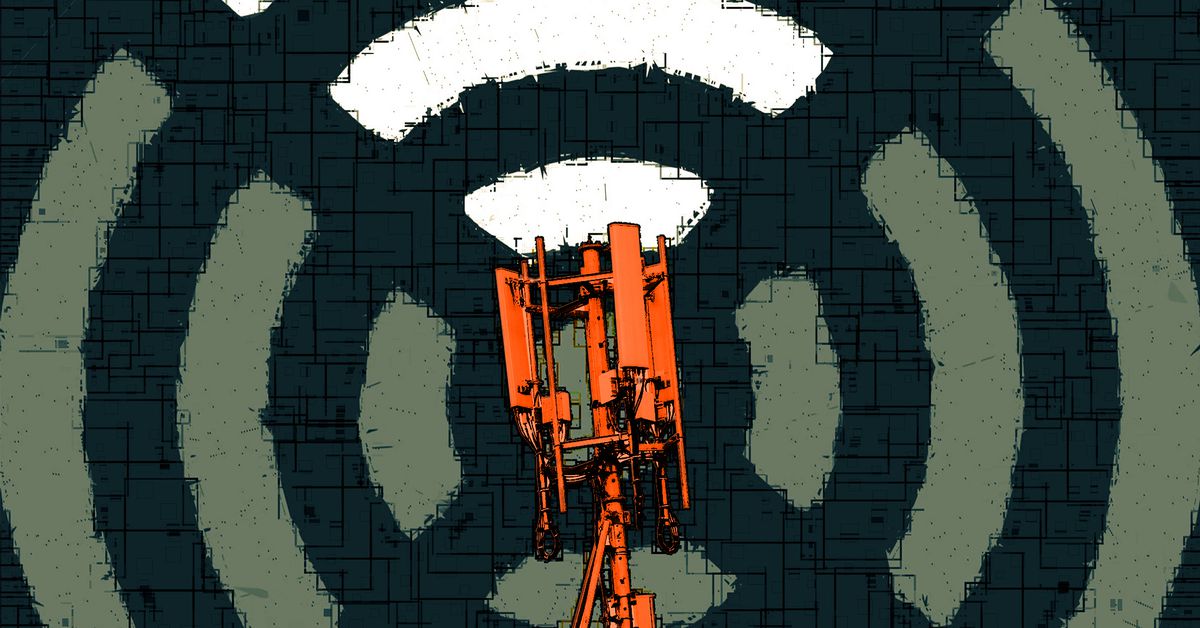This is the best summary I could come up with:
The National Telecommunications and Information Administration (NTIA) grant would establish a Dallas O-RAN testing center to prove the standard’s viability as a way to head off Huawei’s steady cruise toward a global cellular network hardware monopoly.
Verizon global network and technology president Joe Russo promoted the funding as a way to achieve “faster innovation in an open environment.” To achieve the standard’s goals, AT&T vice president of RAN technology Robert Soni says that AT&T and Verizon have formed the Acceleration of Compatibility and Commercialization for Open RAN Deployments Consortium (ACCoRD), which includes a grab bag of wireless technology companies like Ericsson, Nokia, Samsung, Dell, Intel, Broadcom, and Rakuten.
The company’s then CEO, Tareq Amin, told The Verge’s Nilay Patel in 2022 that Open RAN would enable low-cost network build-outs using smaller equipment rather than massive towers — which has long been part of the promise of 5G.
The 5G network was creaky and unreliable when former Verge staffer Mitchell Clarke tried it out in Las Vegas in 2022, but the company said in June last year that it had made its goal of covering 70 percent of the US population.
All of this adds up to a united front against Huawei’s domination of global cellular equipment and infrastructure.
This $42 million grant is a drop in the bucket compared to all of that, but the establishment of a testing center is a key step in the process; it creates an arena where ACCoRD partners can establish that the standard can work and get the buy-in of other big players across the world.
The original article contains 531 words, the summary contains 262 words. Saved 51%. I’m a bot and I’m open source!

